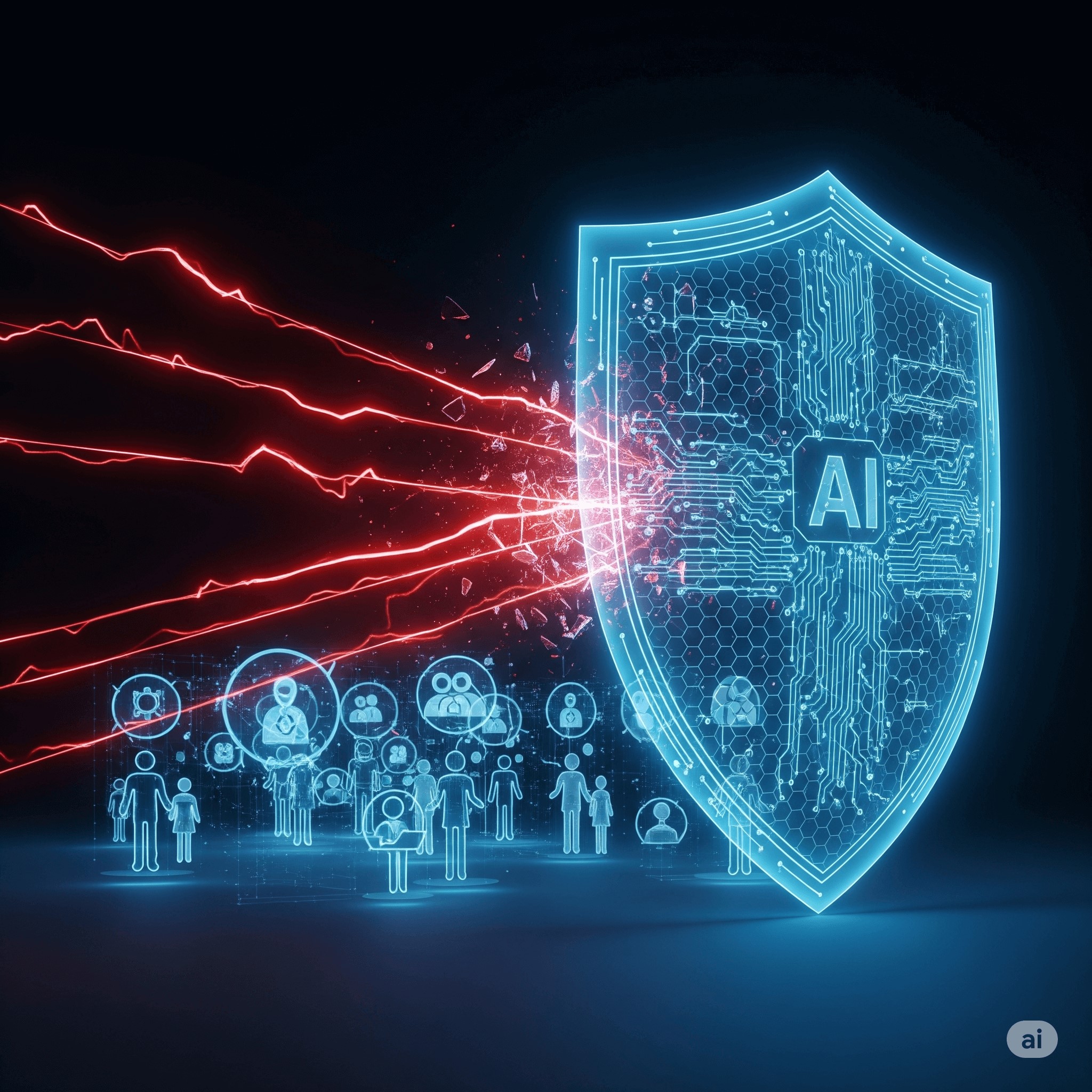The shift to hybrid work has revolutionized how we create, but it has also opened a Pandora’s box of cybersecurity vulnerabilities. With team members logging in from unsecured home networks and personal devices, digital production teams have become prime targets for cyberattacks. In 2024, over 70% of businesses faced a security incident directly linked to remote work.

Navigating the Shift: Return-to-Office Mandates and Hybrid Work Trends
How AI Protects the Modern Workforce
Traditional cybersecurity is reactive. AI-driven cybersecurity is predictive and instantaneous. Here’s how it’s protecting hybrid teams:
- 24/7 Real-Time Threat Detection: AI acts as a tireless digital security guard, continuously scanning networks for suspicious activity. It can instantly flag anomalies like unusual login attempts or large data transfers and alert users or take immediate action, providing protection long before a human IT team could respond.
- Instant and Automated Response: When a threat is detected, AI doesn’t just send an alert—it acts. It can immediately contain a threat by isolating an infected device, shutting down a risky connection, or adjusting permissions to limit access. This autonomous response is crucial when every second counts51.
- Adaptive and Evolving Security: AI learns from every threat it encounters. Its defenses become stronger and more sophisticated with each incident, allowing it to stay ahead of evolving cyber risks—especially valuable in a diverse hybrid environment with countless different devices and networks516.
- Automating Routine Security Tasks: AI handles the basics, like prompting a user to update a weak password or managing access permissions. This frees up human IT teams to focus on larger, more complex security challenges while reducing the risk of human error.
The Human Factor is Still Key
Despite AI’s power, the human element remains the first line of defense. Employees must remain vigilant against phishing scams, use strong and unique passwords, and secure their home networks51. Organizations, in turn, must strike a careful balance between security and privacy—being transparent about monitoring, minimizing data collection, and adhering to strict data protection laws.
By integrating powerful AI cybersecurity tools with strong human-led security practices, digital production teams can build a resilient defense system—ensuring their creative assets and sensitive data remain secure in the hybrid age
